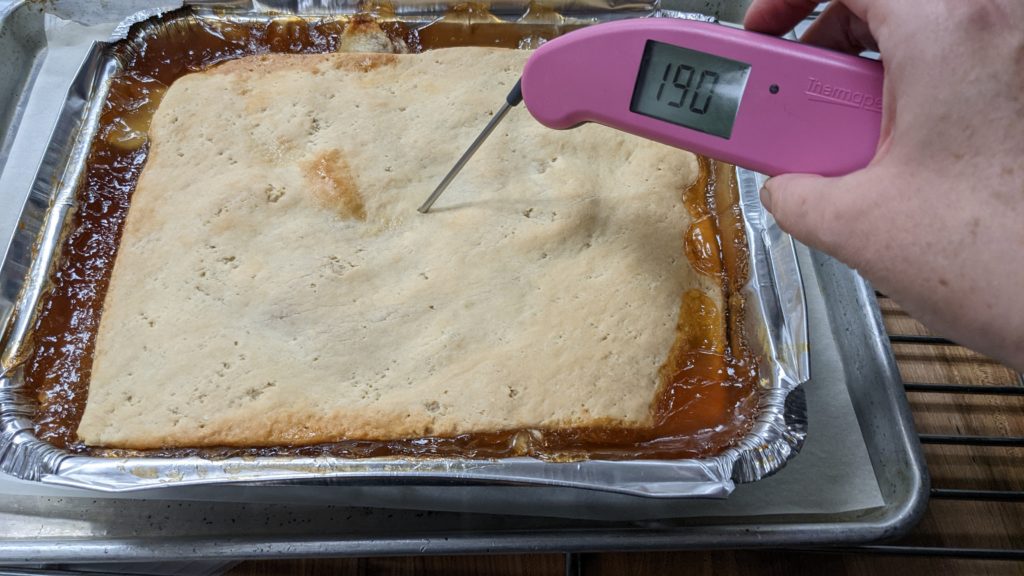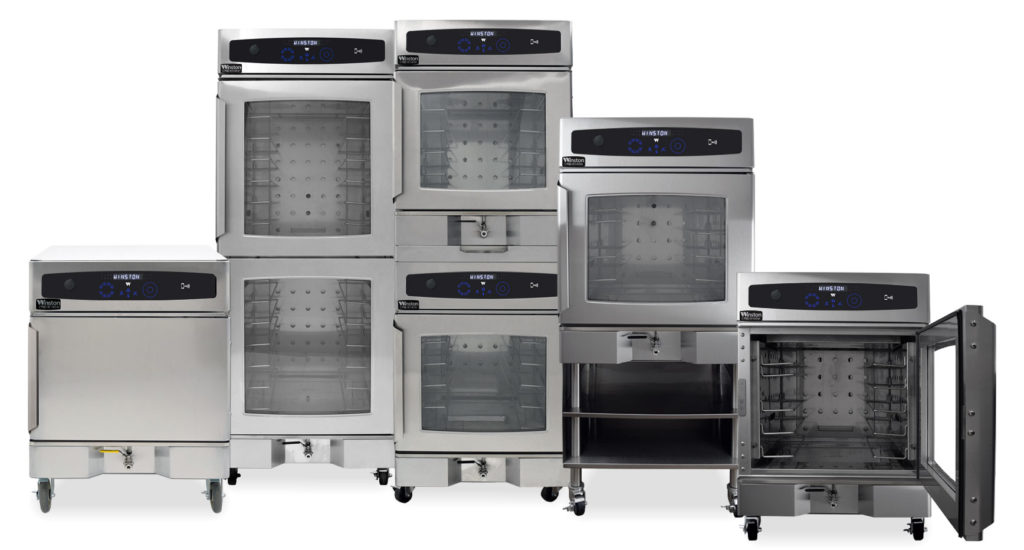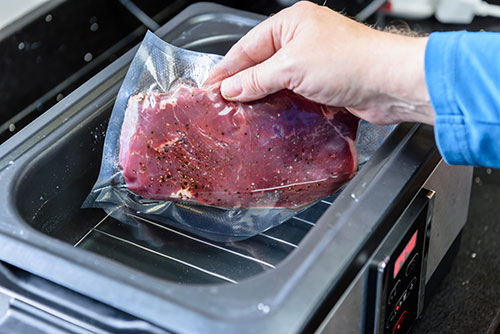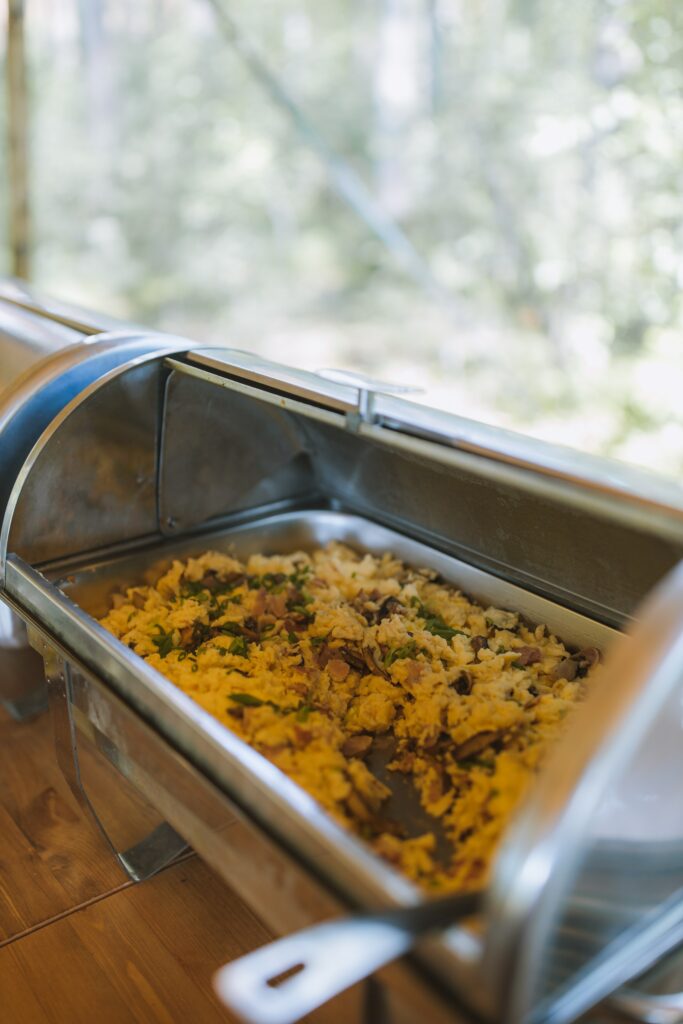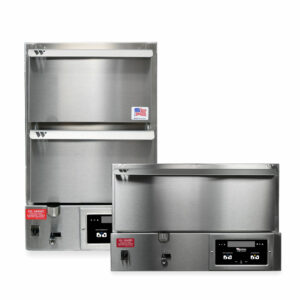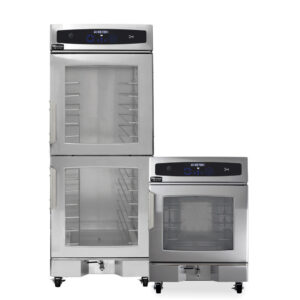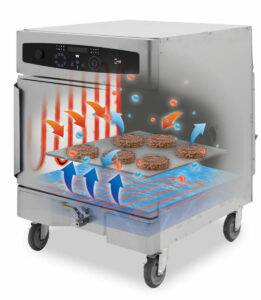Uses for a Retherm Equipment
Just as the name implies, rethermalizers reheat food. They are especially useful in operations that prepare and freeze large batches of food ahead of time. Ideal menu items for retherming include soups, casseroles, sauces, pasta, vegetables, bread, desserts, and meats.
We all know that finding good help right now is a royal pain in the butt. With no end in sight to the tight labor market, it’s important to have tools that are easy to use and don’t need a lot of babysitting. Food rethermalizers are a great option. They’re push-button simple, and most feature an automatic hold function. Many have programmed cooking functions, so staff can just load them up and push start.
